This holidays around the world activity incorporates reading, writing, and social studies for upper elementary students. You can visit the website to see the holidays around the world resource.
Holidays Around the World Reading Passages
There are ten sets of holidays around the world nonfiction reading passages that are based on different cultures’ and nations’ holidays and traditions. Since teachers have such a broad range of readers, I’ve written each set of passages on three different reading levels and leveled each passage with a Lexile score. Since this includes leveled passages, it can easily be used with third, fourth, or fifth grade. Each reading passage also includes some type of nonfiction text feature.
Holidays Around the World-Comprehension Questions
I’ve also written three sets of questions for each of the holidays around the world passages. The questions can be answered with any version of the passages, so all students can complete the same set of questions. The first set of questions has students annotate the text by writing interesting observations in the left margin and any questions they have in the right margin of the text. Then, students answer four text dependent questions from the passage.
The second set of questions focuses on nonfiction text structure, vocabulary, and main idea. Students reread the passage and highlight some of the key words in the passage. After students read, they should circle any words that they don’t know. Students then answer three questions focusing on nonfiction text features, vocabulary, and the main idea.
The final question requires students to dig deep into the text to answer a higher order thinking question. All of these extended response questions will require students to truly comprehend and analyze the text. These questions are great for constructed response practice and the application of various writing skills and strategies.
I’ve also created a free version of the Holidays Around the World activity with Christmas in the United States that includes leveled passages and questions. You can download the file here.
Digital Version
The passages and questions are also available in a digital format, which means this can be incorporated with Google Classroom. Students can answer the questions directly on the computer or tablet. I frequently print the passage and assign the questions only on Google Classroom, but you could have students read the passages digitally if you choose.
Formative Assessment
You can also use the graphic organizer below for a 3-2-1 formative assessment! This is a great formative assessment template that can be used in any subject area. In the graphic organizer, students list three things they learned, 2 things they found interesting, and one question they still have. You can get the graphic organizer FREE here!
Holidays Around the World Paired Passages
We practiced paired passages all year, so I thought that holidays around the world would be a great way to incorporate answering questions from multiple texts. I’ve created five sets of questions to use with my holidays around the world reading passages. I created one page of paired comprehension questions for each set of countries. In the paired comprehension questions, students must use both passages to answer the questions and cite their answers with text evidence. The second page for each set of countries contains an extended response question. For example, students may compare and contrast holiday traditions in Germany and France.
You can use any passages or research site for students to answer these questions with, so I hope you’ll find them useful!
Holidays Around the World Interactive Notebook
I’ve also created templates students can use to create a Holidays Around the World Interactive Notebook. I had a difficult time deciding what I wanted to emphasize in the interactive notebook entries. Part of me wanted the emphasis to be on the reading skills and strategies. For example, the emphasis of one page could be main idea and supporting details. However, another part of me preferred the emphasis to be on the holiday tradition, rather than the reading skill. I changed my mind about 100 times, until I finally decided to do BOTH! This way you can pick that activities that best works for YOUR class. You do not need the close reading passages for this pack, but it is an amazing companion product!
I’ve added a few optional goodies to go along with the interactive notebook. You could have students add their entries to an existing notebook, a stapled collection of file folders, or a thin spiral notebook. One of the things I’ve added is a cute cover page that students can glue to their folder.
I’ve also added a passport that students can use to add passport stamps to as they finish studying about different countries. I print the passport cover on blue paper and the inside pages on white paper and staple together. I’ve included passport stamps for each of the countries we study in the unit.
When students learn about Australia, they will answer explicit who, what, when, and where questions. I’ve included a color version and a black and white version of each of the templates.
When students learn about Brazil, they will work on main idea and supporting detail. Of course, the more general version is available too! Students write the main idea in the center and a detail underneath each flap. The graphics on the flaps can help guide students into determining the details.
When students learn about France in the holidays around the world activity, they practice summarizing a nonfiction text. Students make an accordion foldable to organize their summary.
When studying Germany, students describe events such as St. Claus Day or what children do for Christkindl.
When studying Greenland, students work with context clues. They write words that are new to them on the outside of a snow globe and glue the bottom section of the snow globe. On the flap underneath the snow globe, students write the definition of the word.
In Israel, students work with different types of text structure: problem and answer, question and answer, and compare and contrast.
When studying Italy, students practice different point of views: first person and third person.
Students continue learning about text evidence and supporting details while learning about Mexico. Students can use the graphics to add supporting details behind each flap.
When learning about Sweden during the holidays around the world unit, students look for key ideas in the text. They make little booklets and glue the booklets in their interactive notebook.
When studying Spain, students practice answering questions before, during, and after reading.
When students learn about Kwanzza, they explain how the included illustrations contribute to the overall meaning of the text.
If you love BOTH holidays around the world resources, I’ve got great news! You can save with my Bundle.

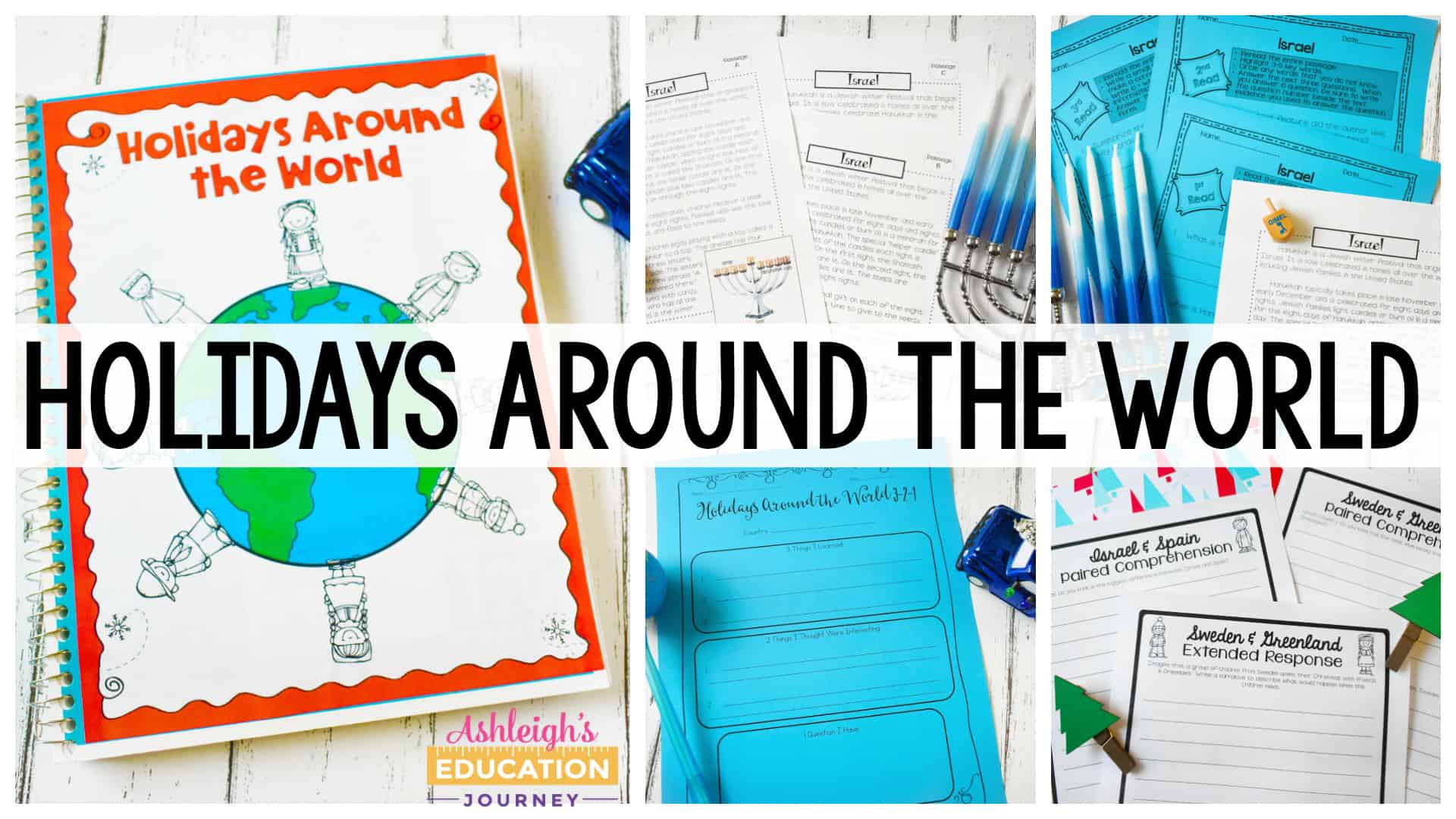
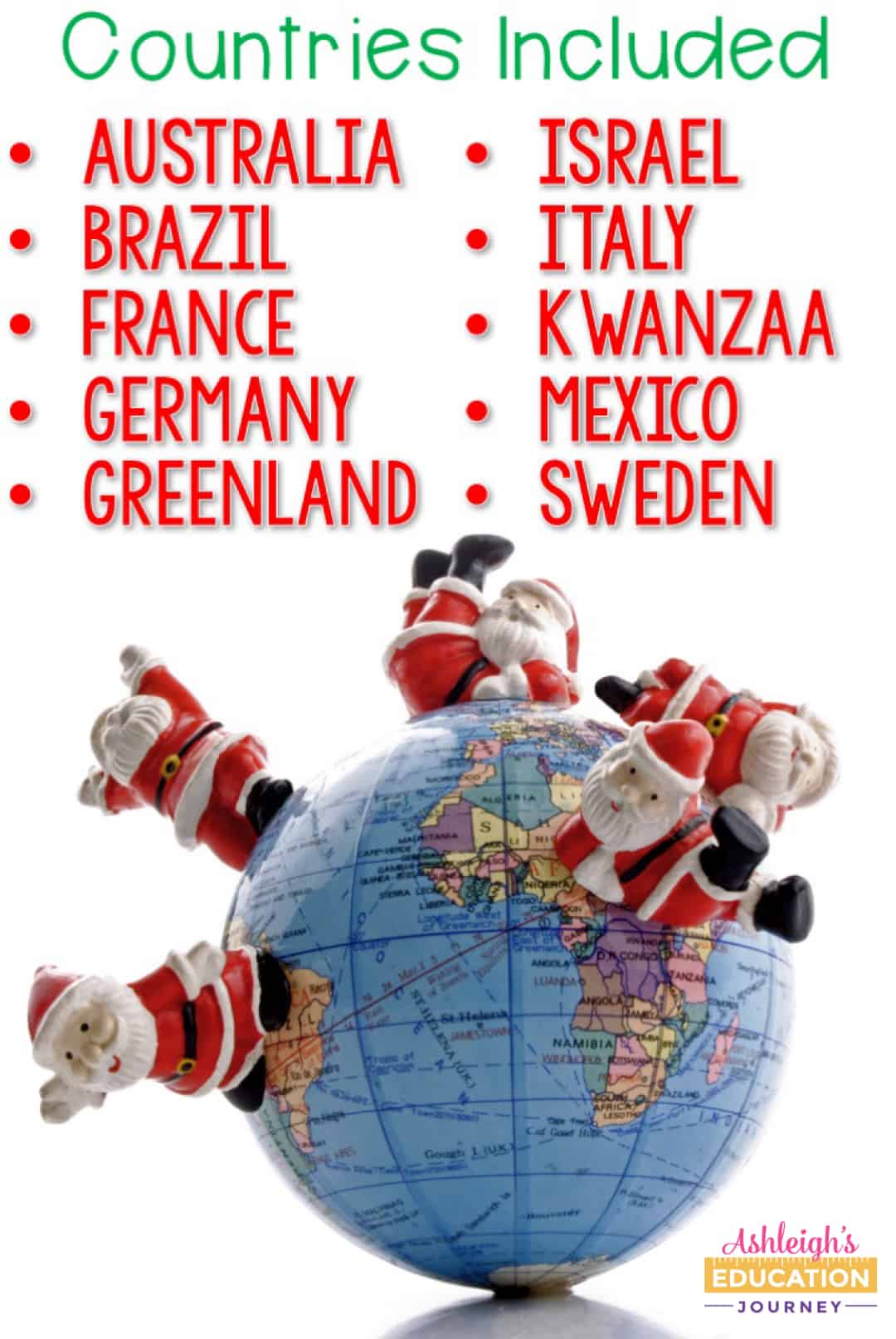
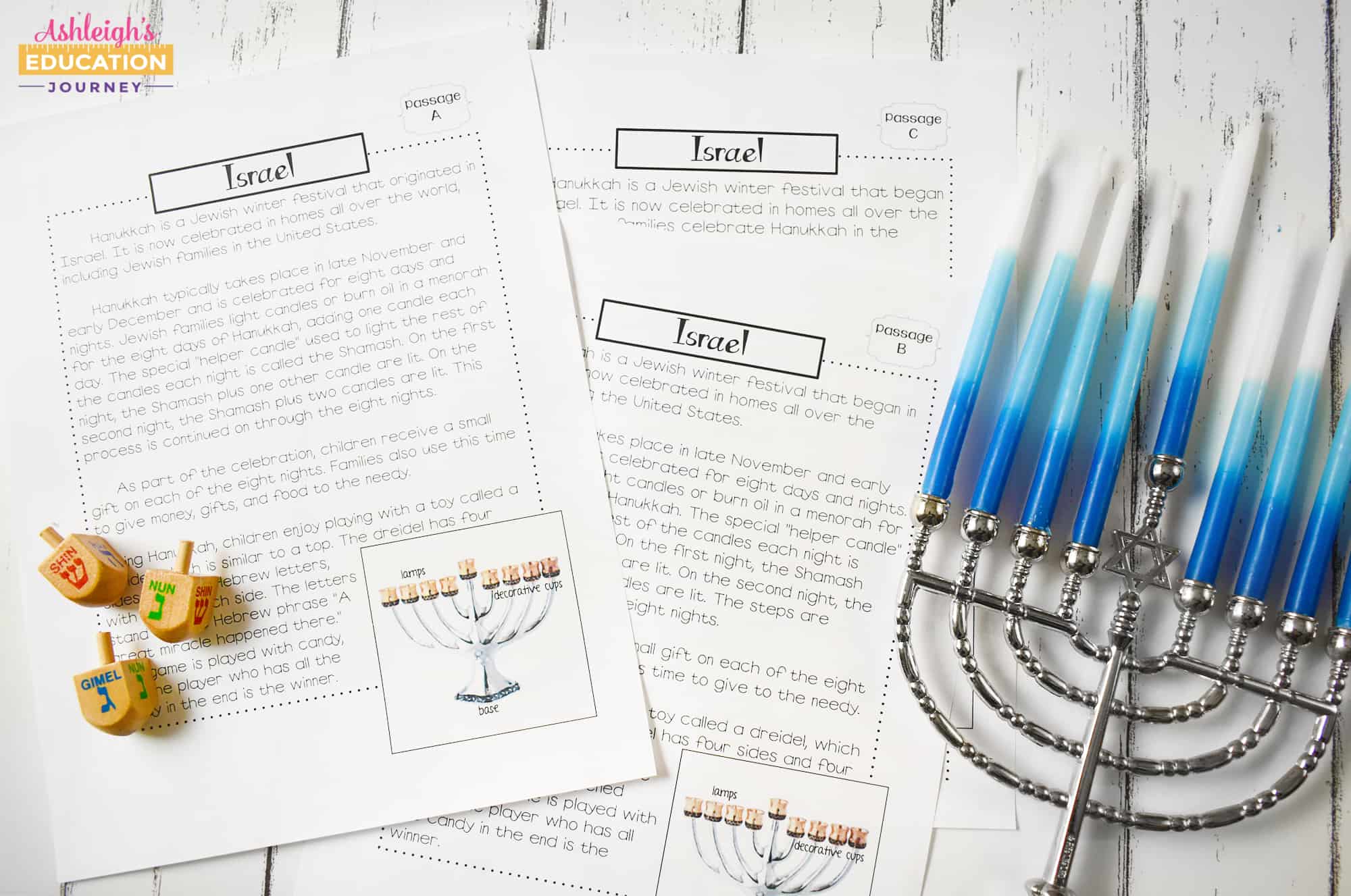
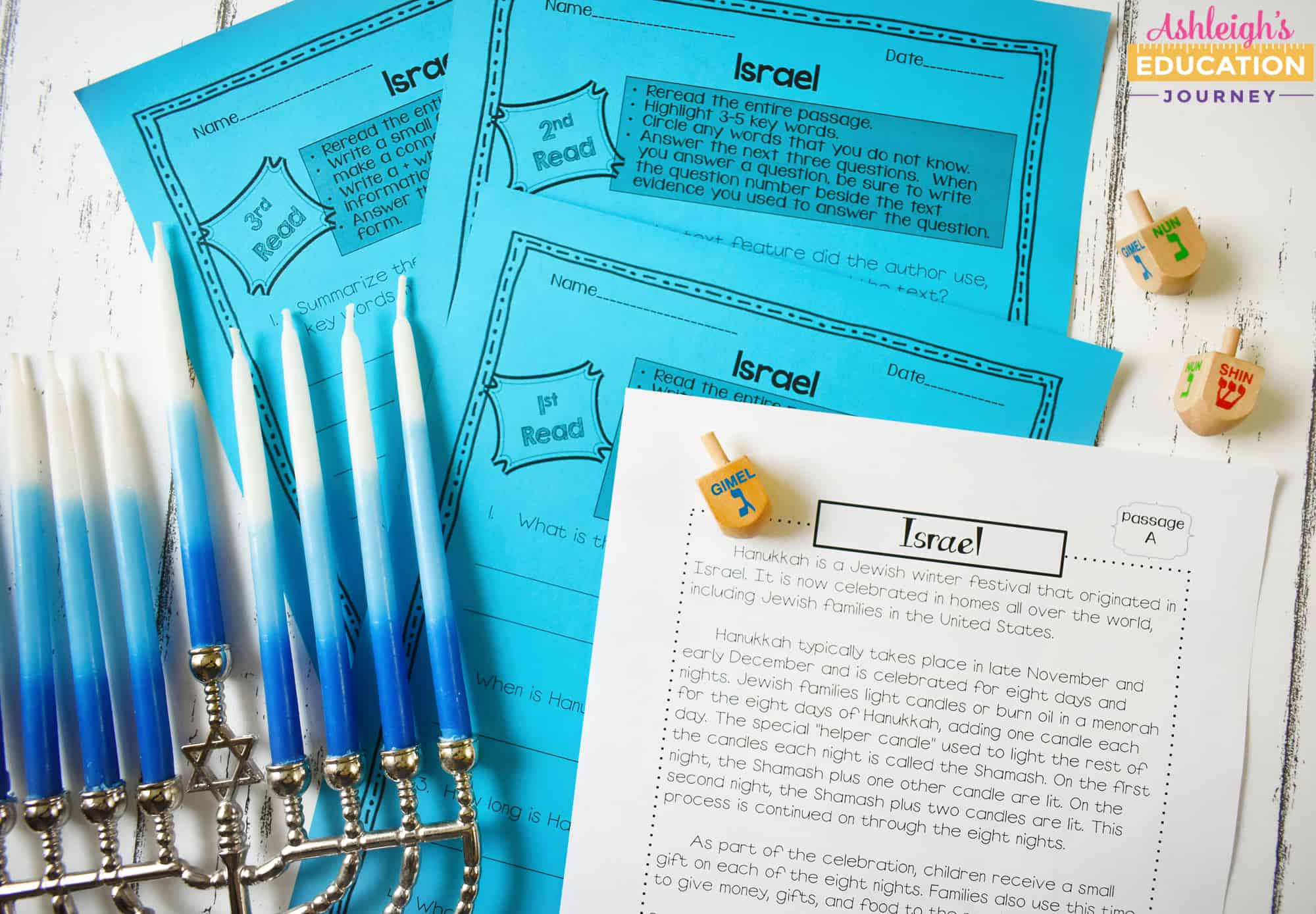
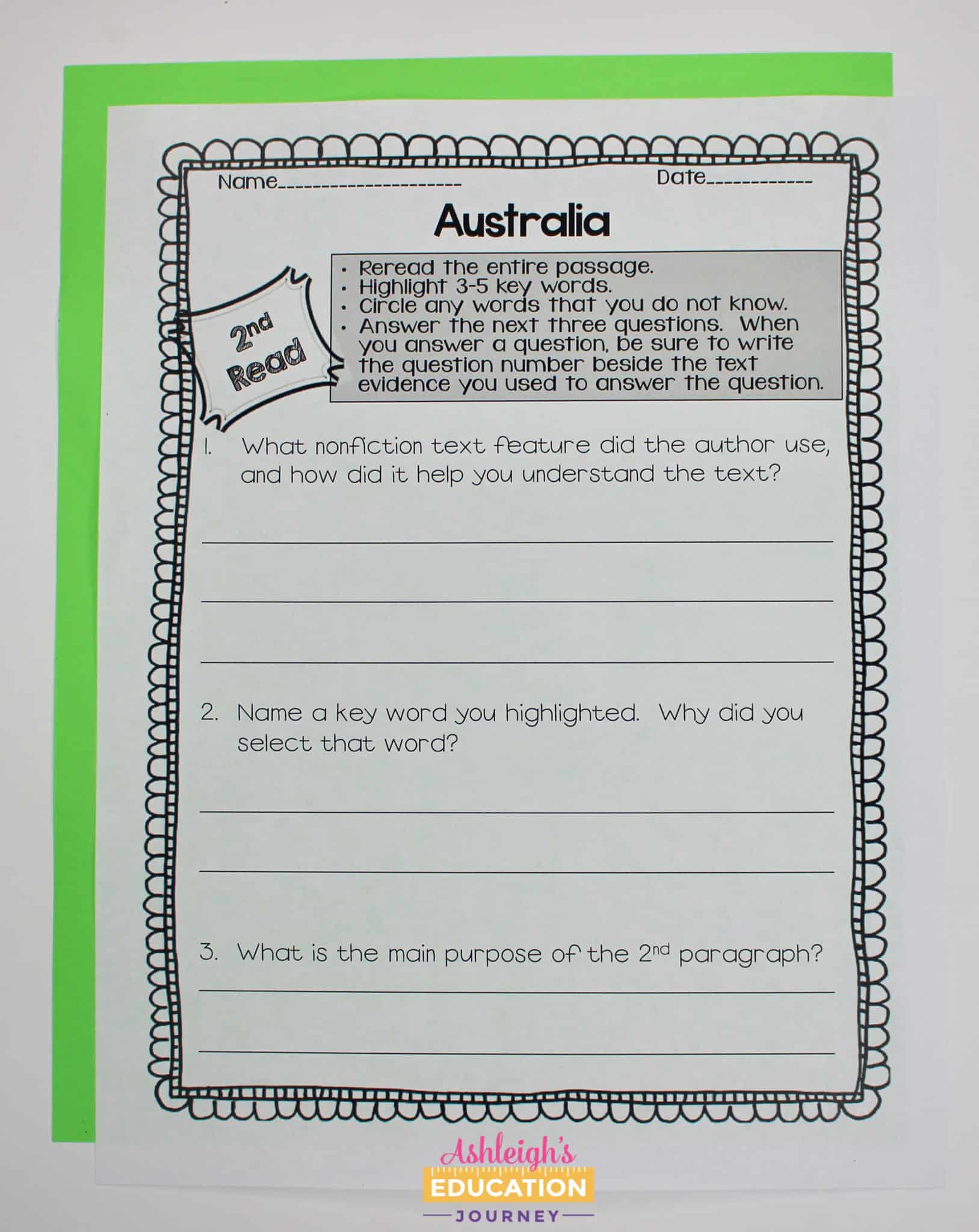
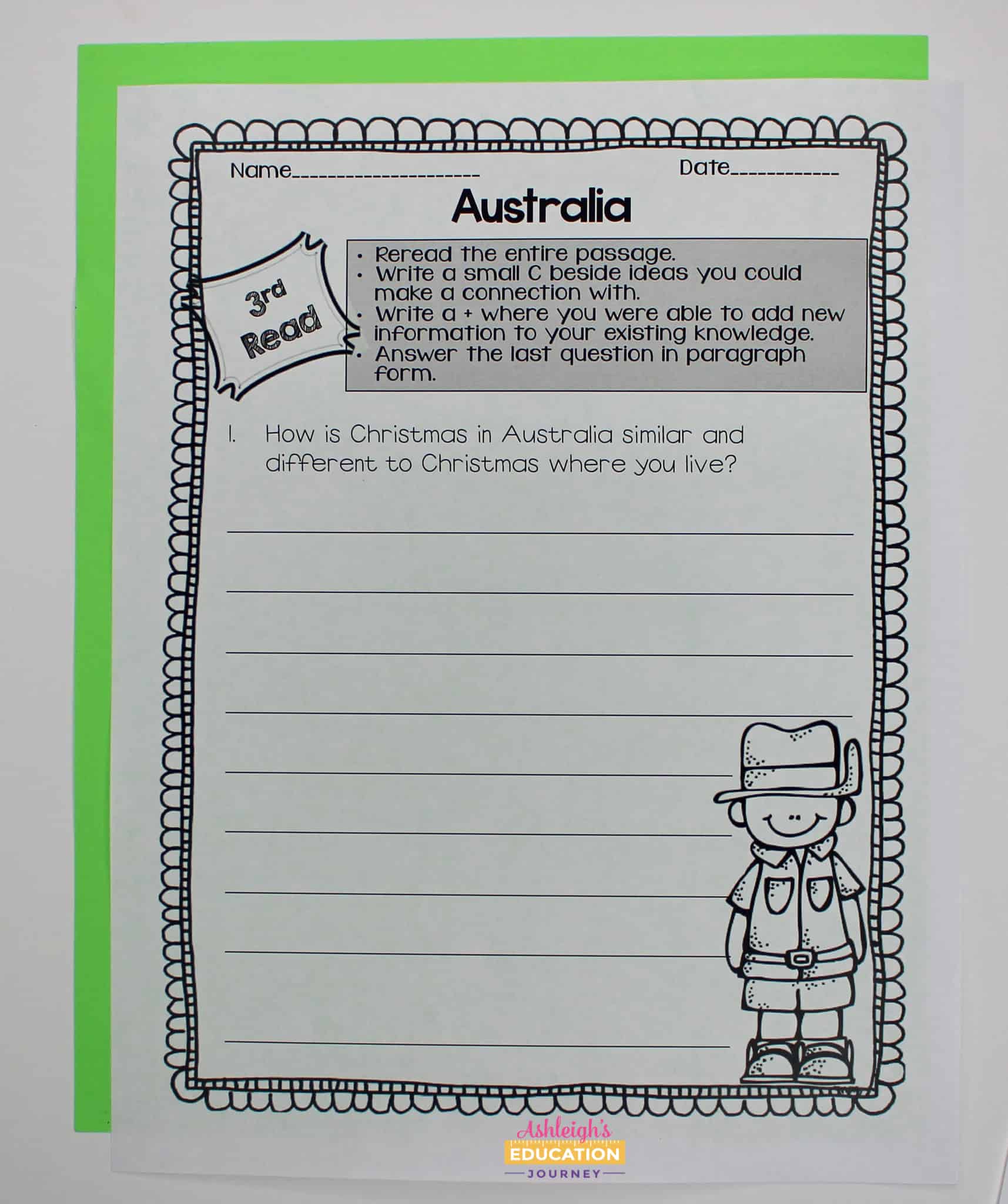
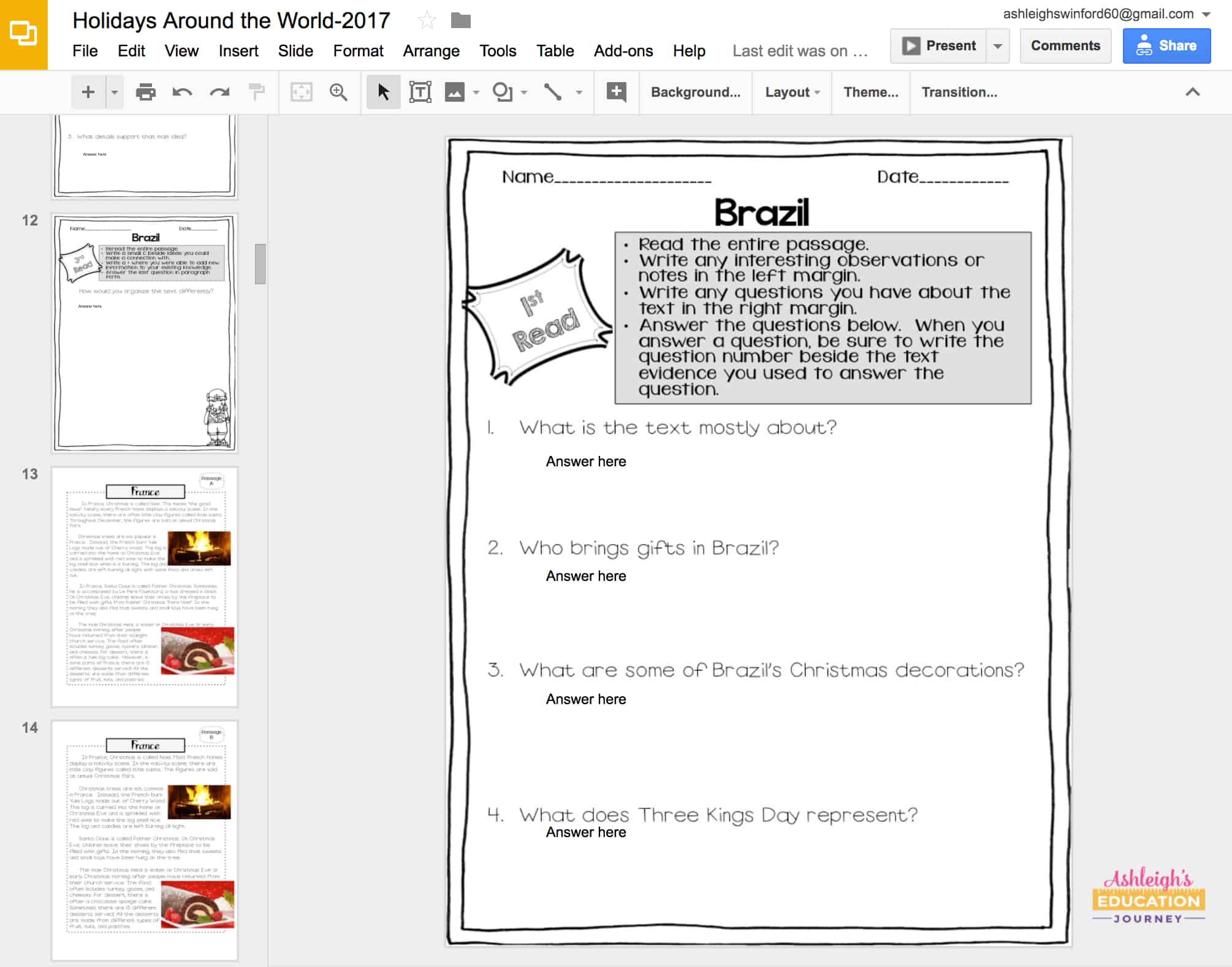
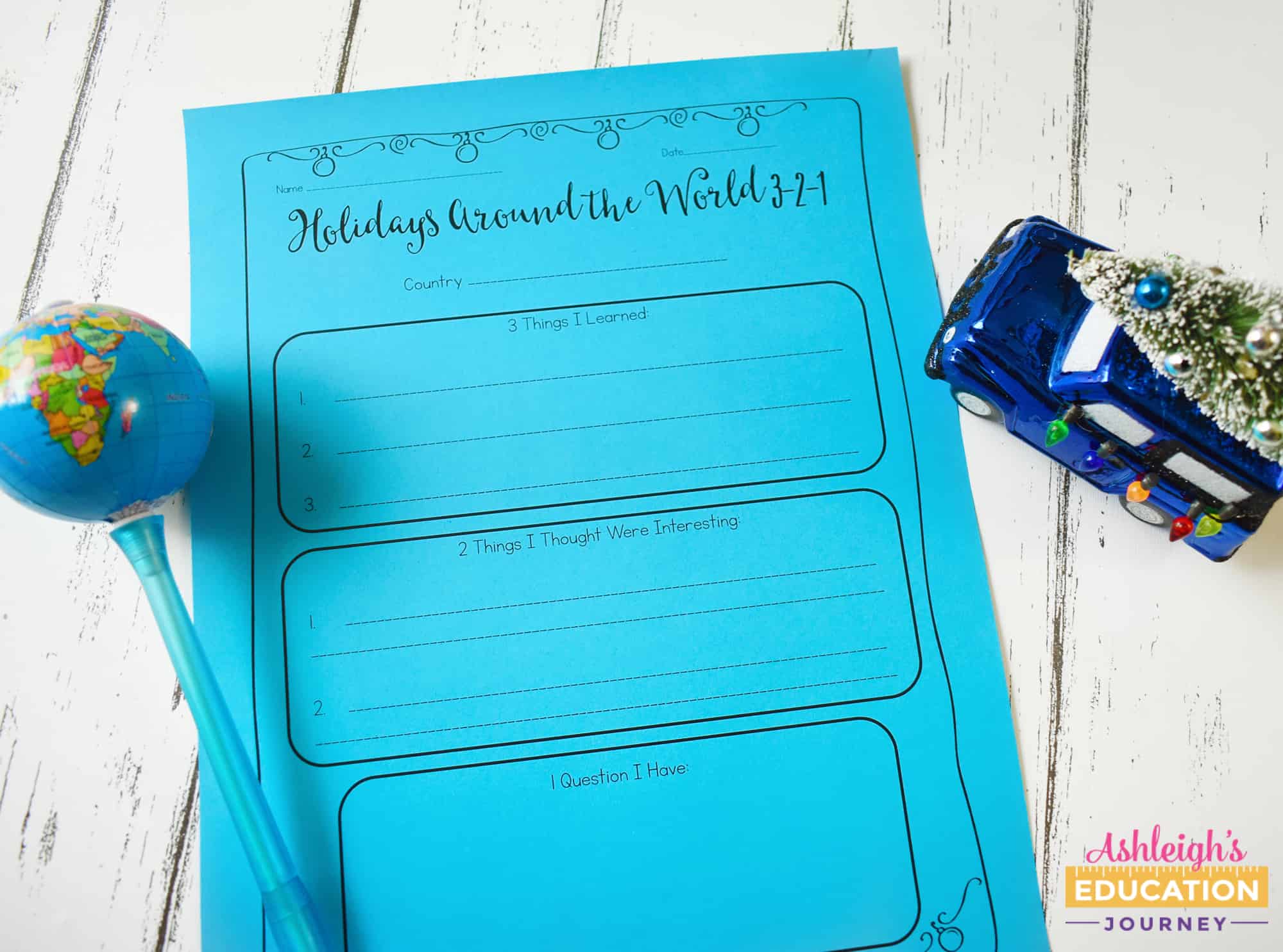
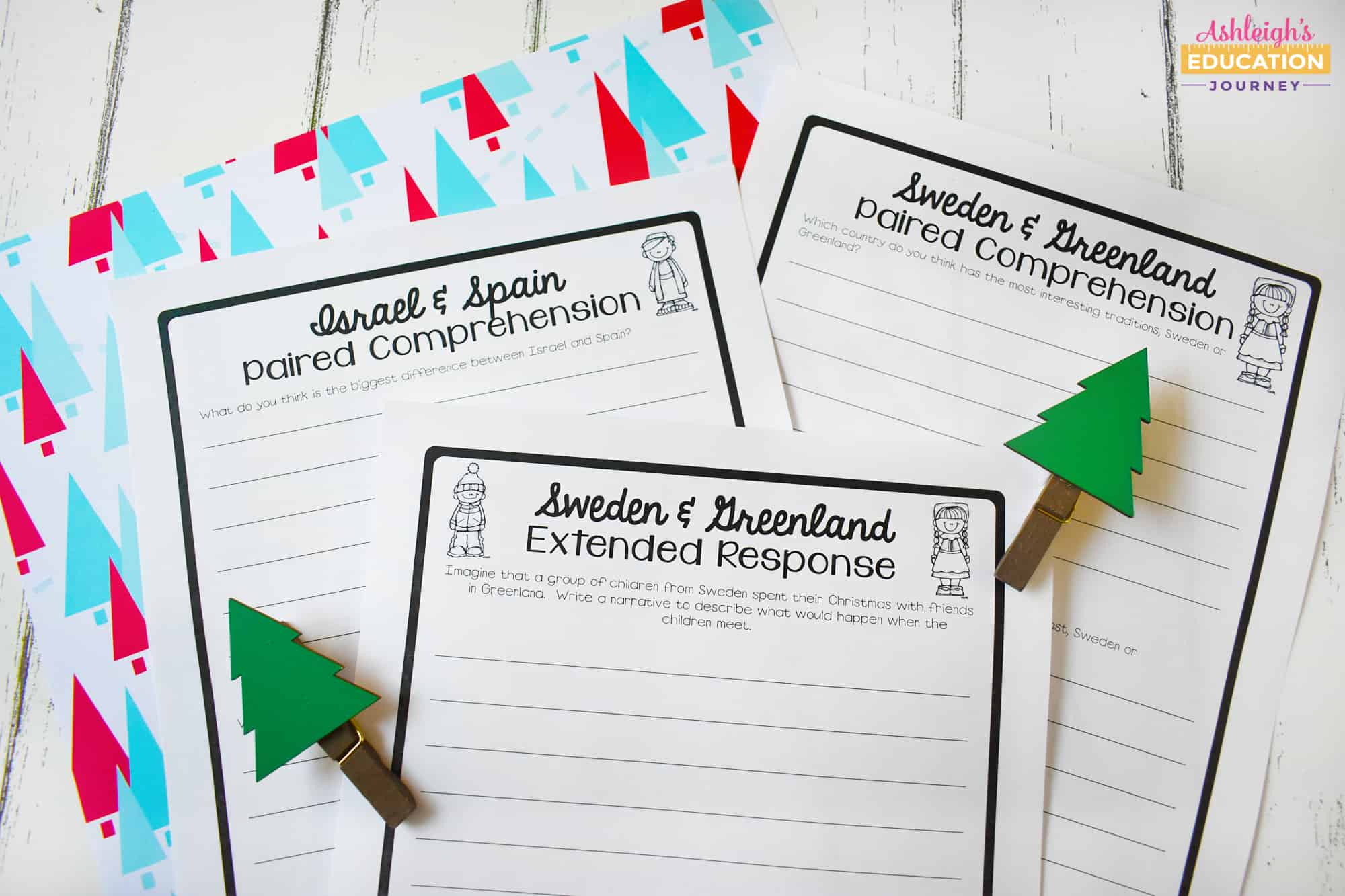
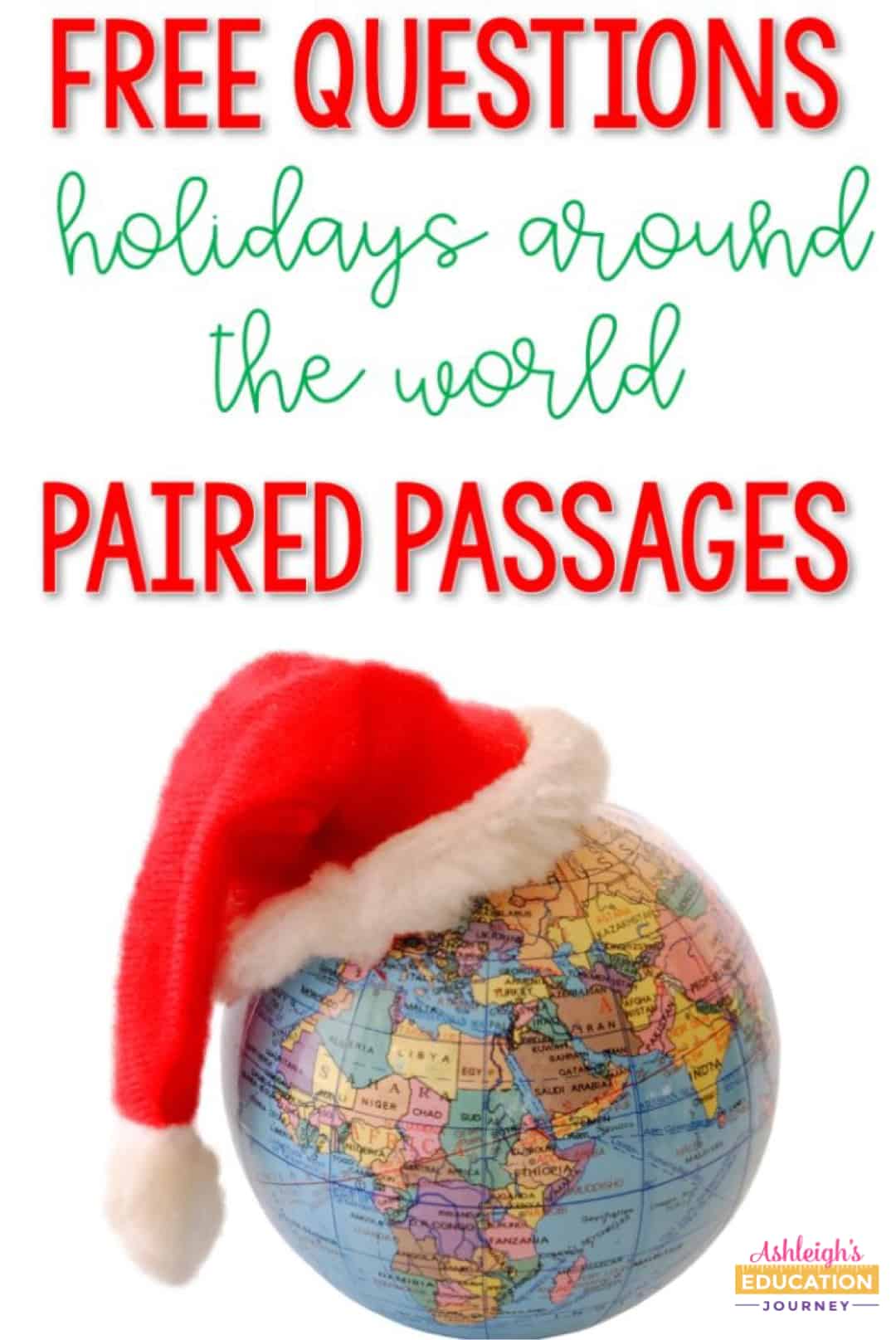
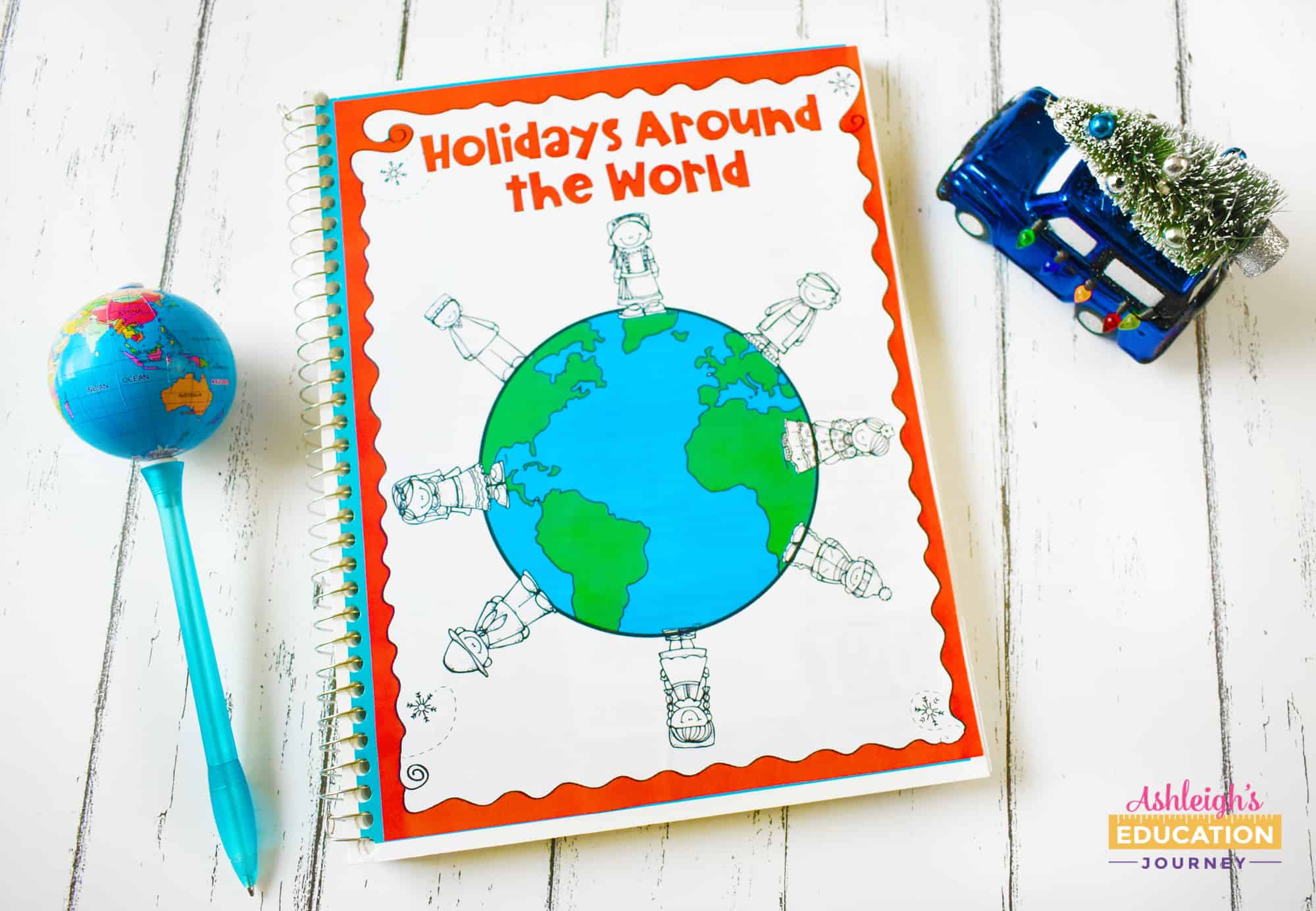
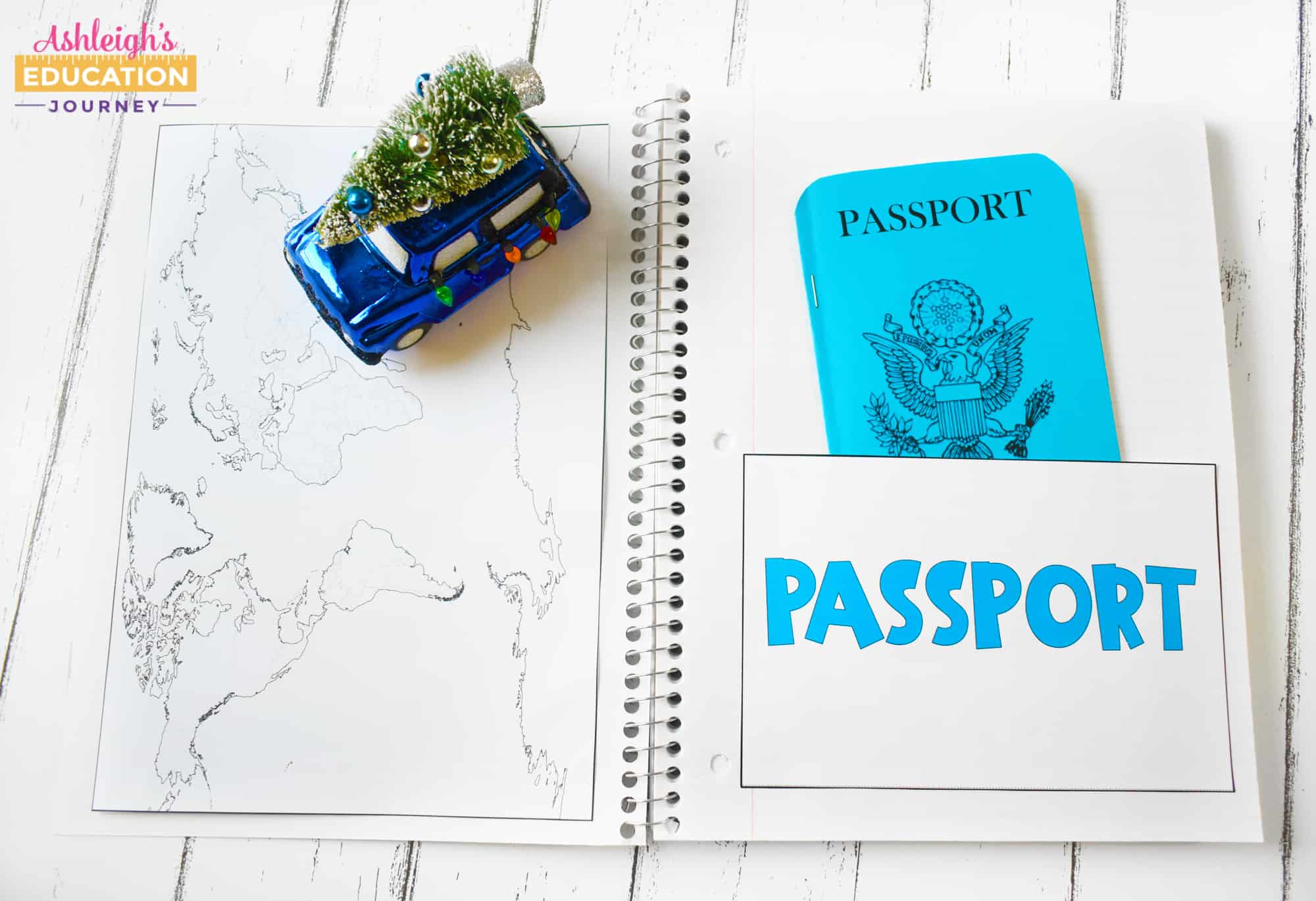
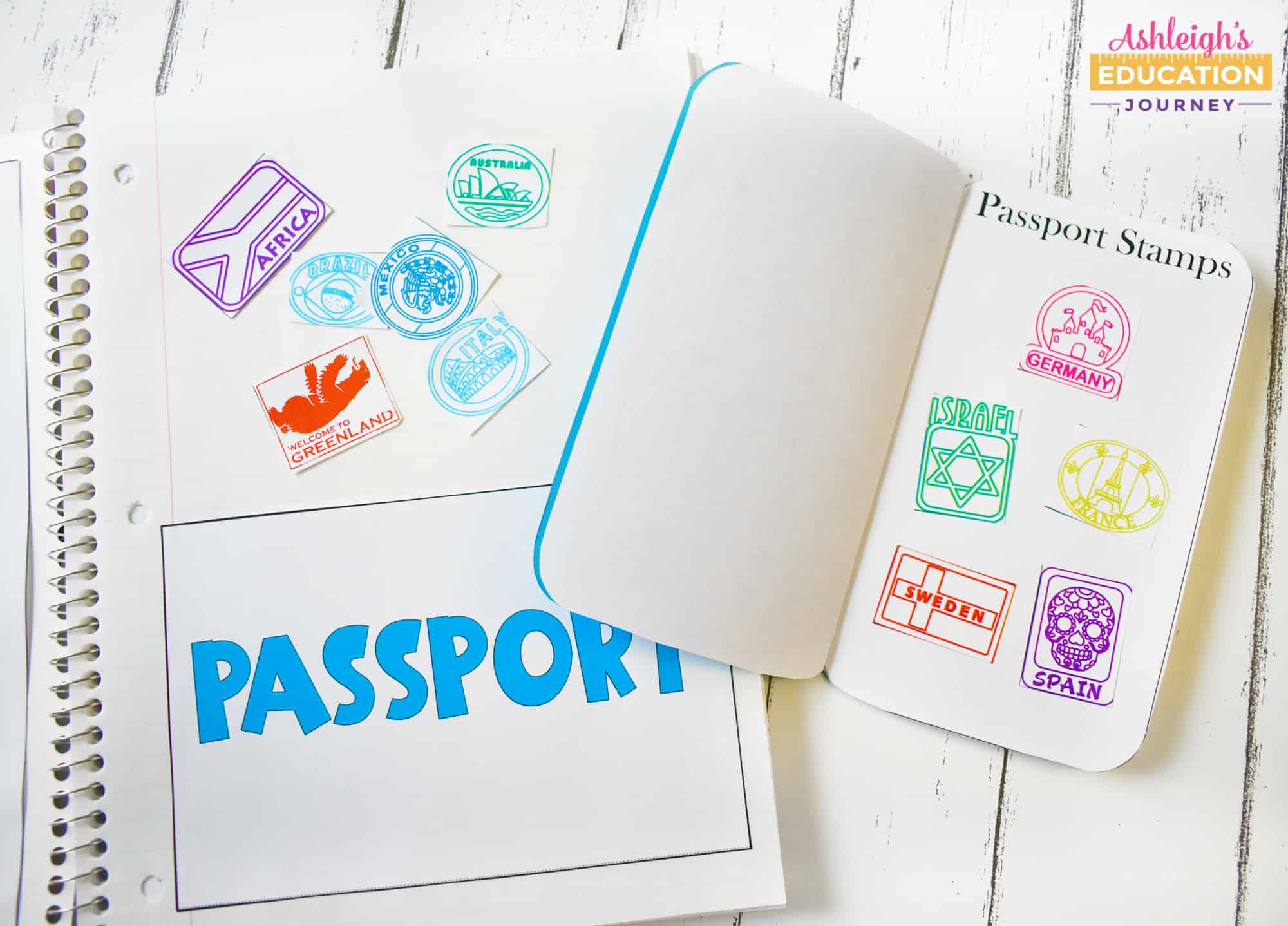
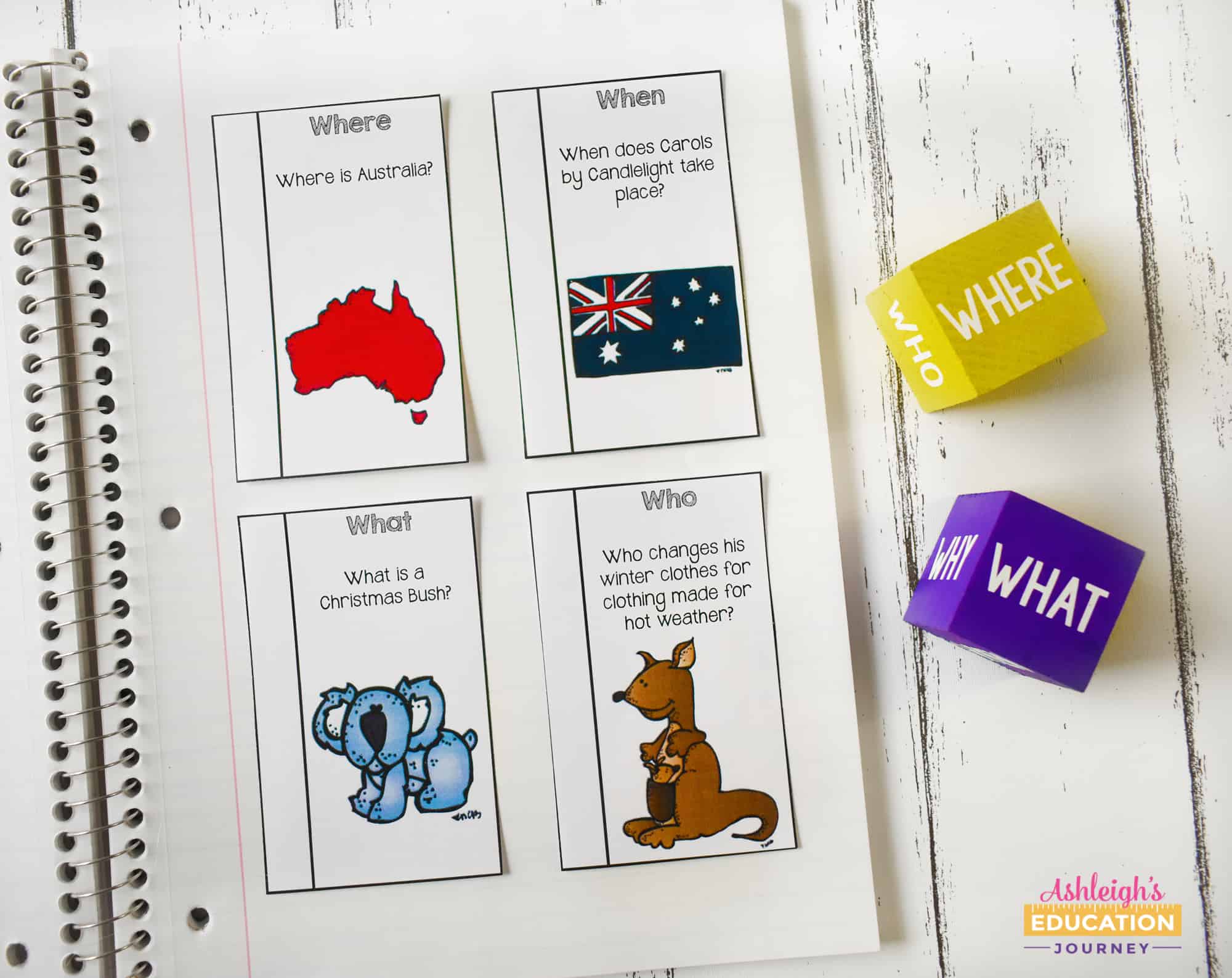
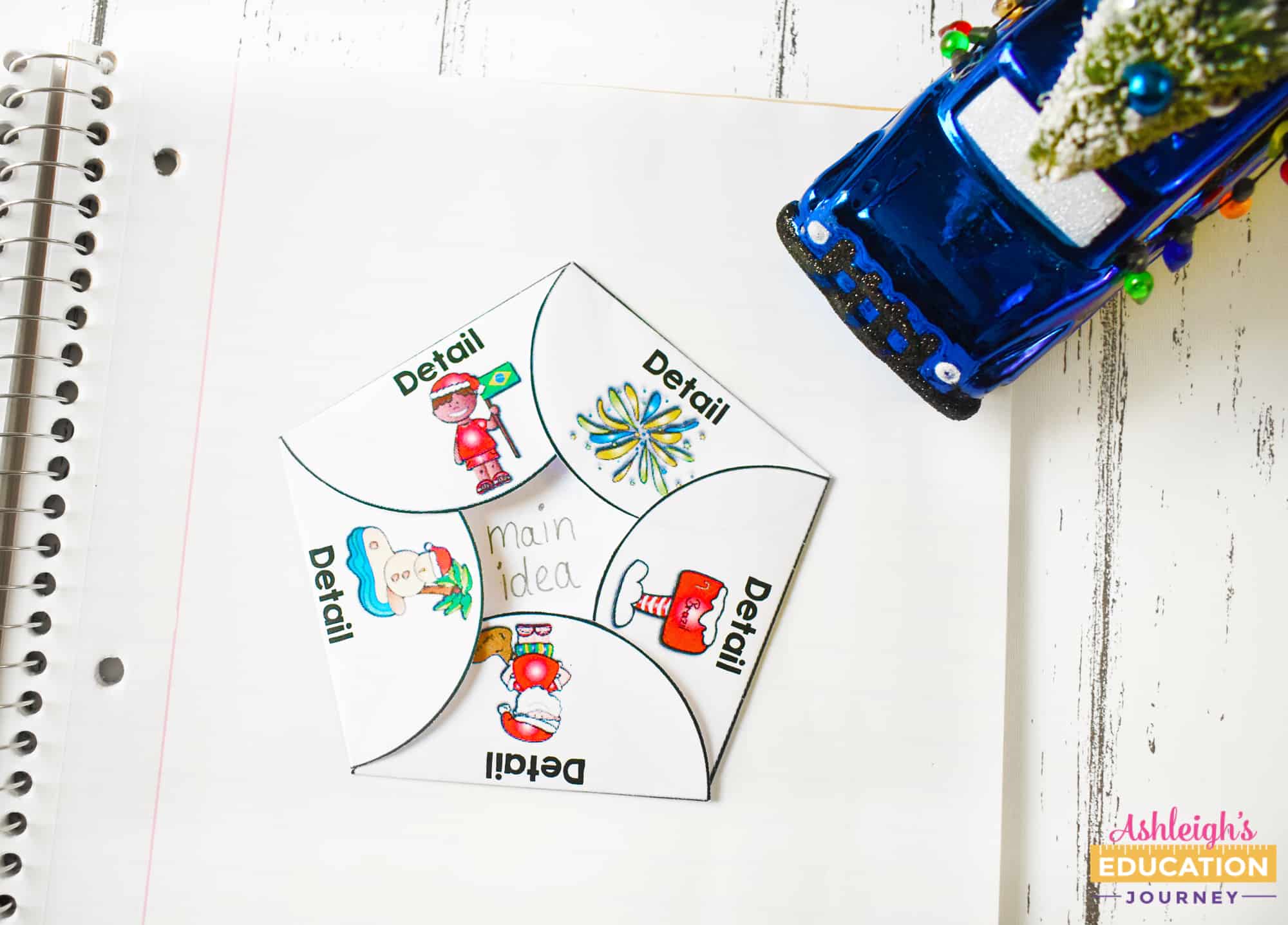
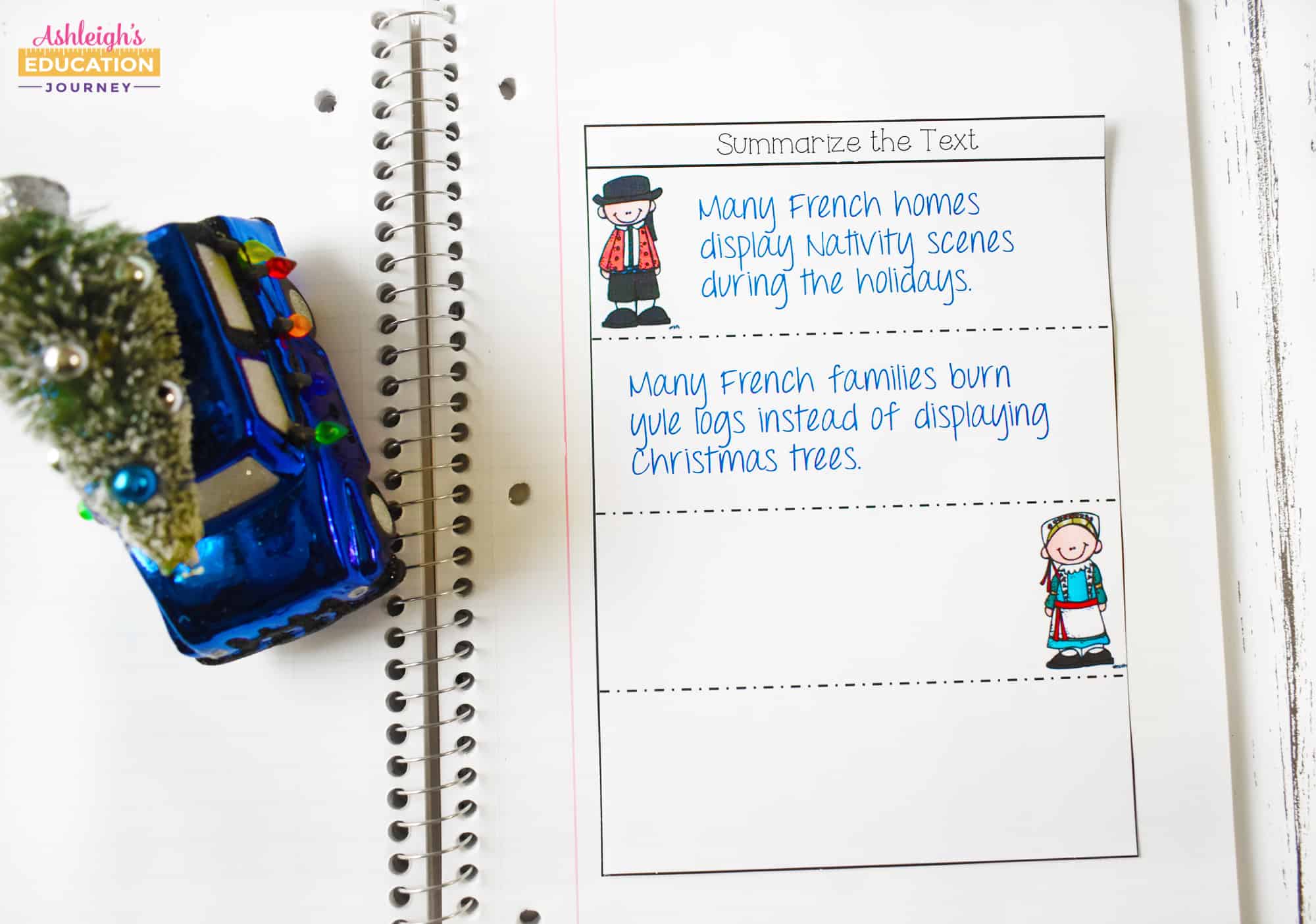
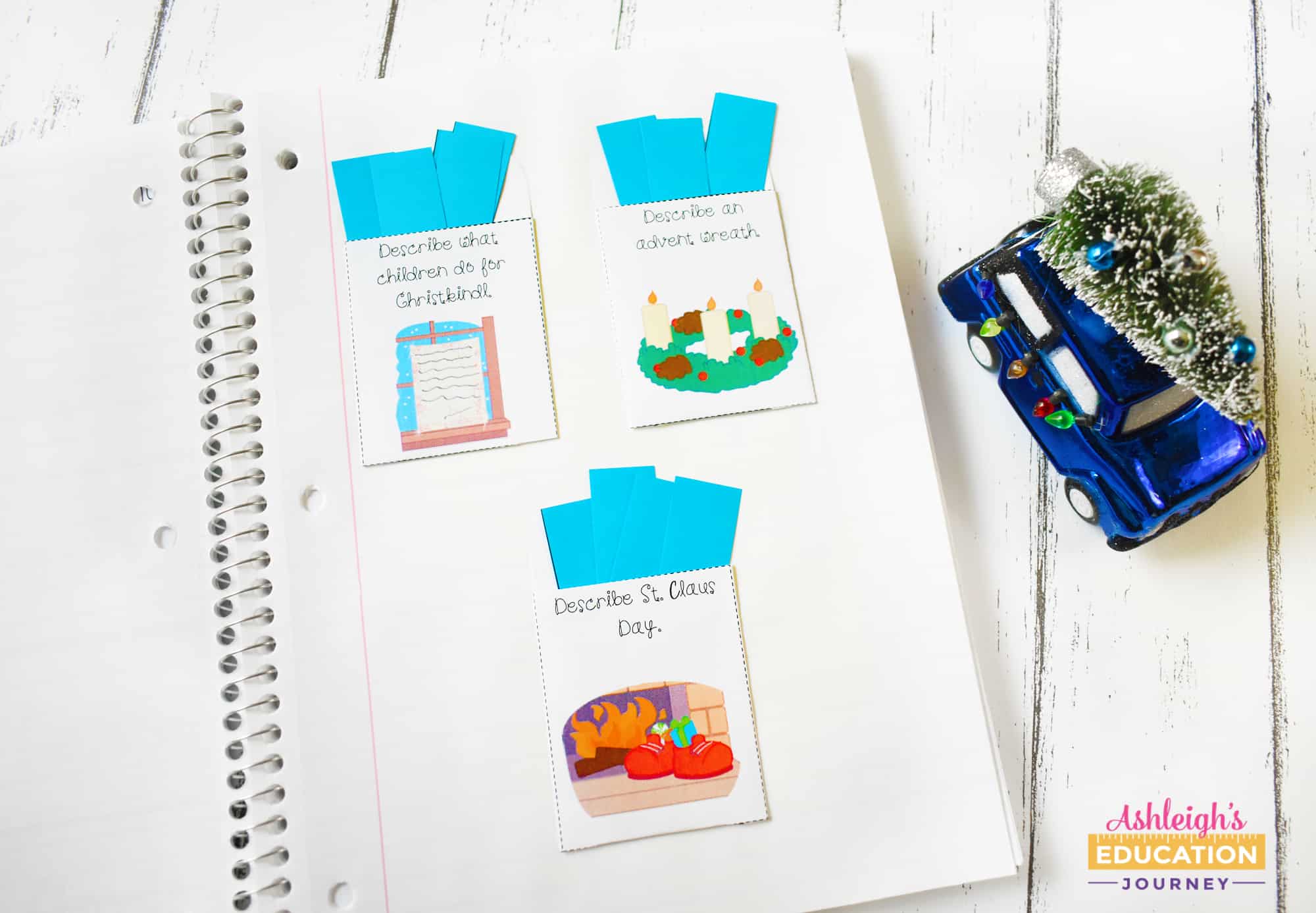
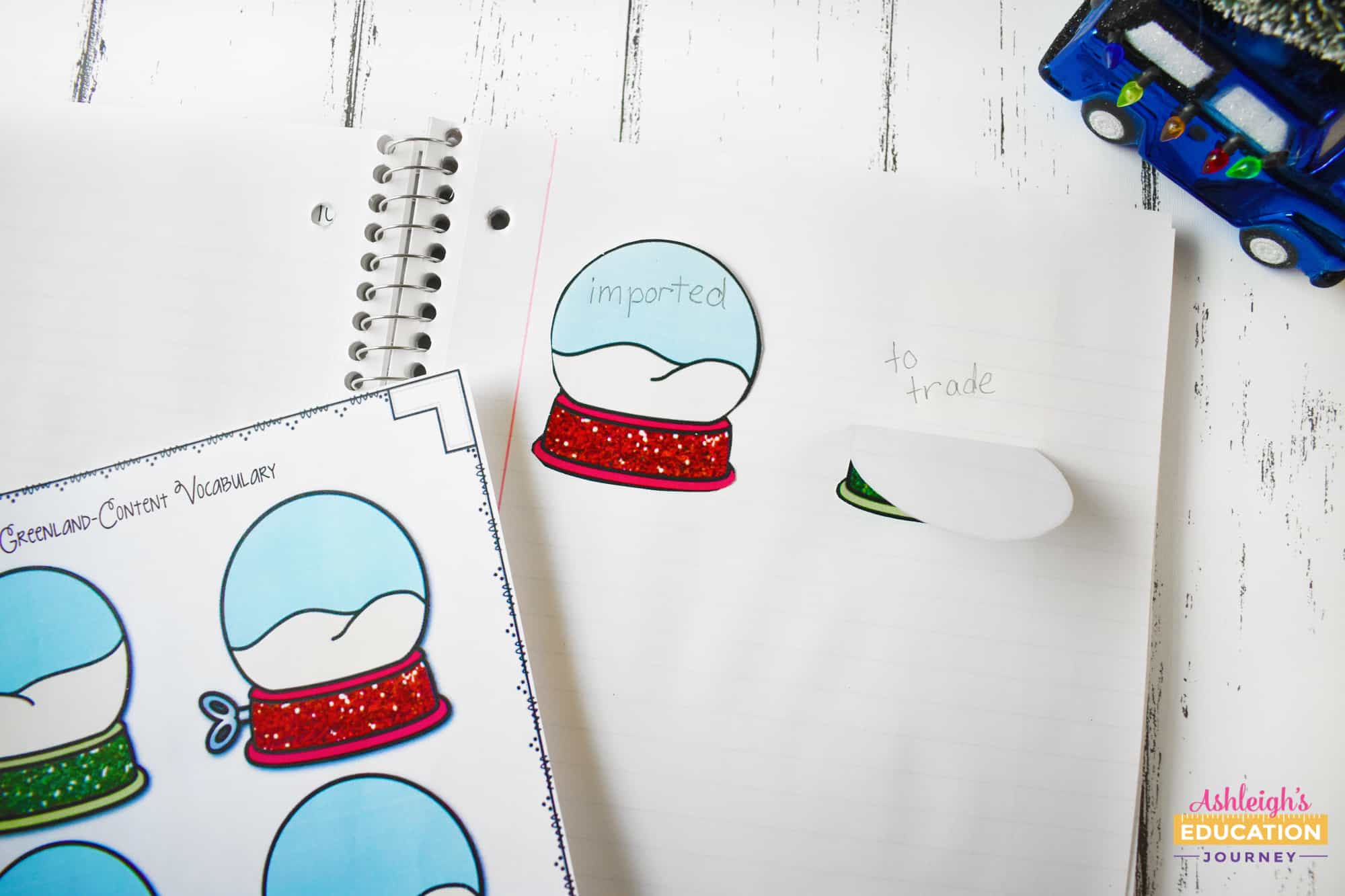
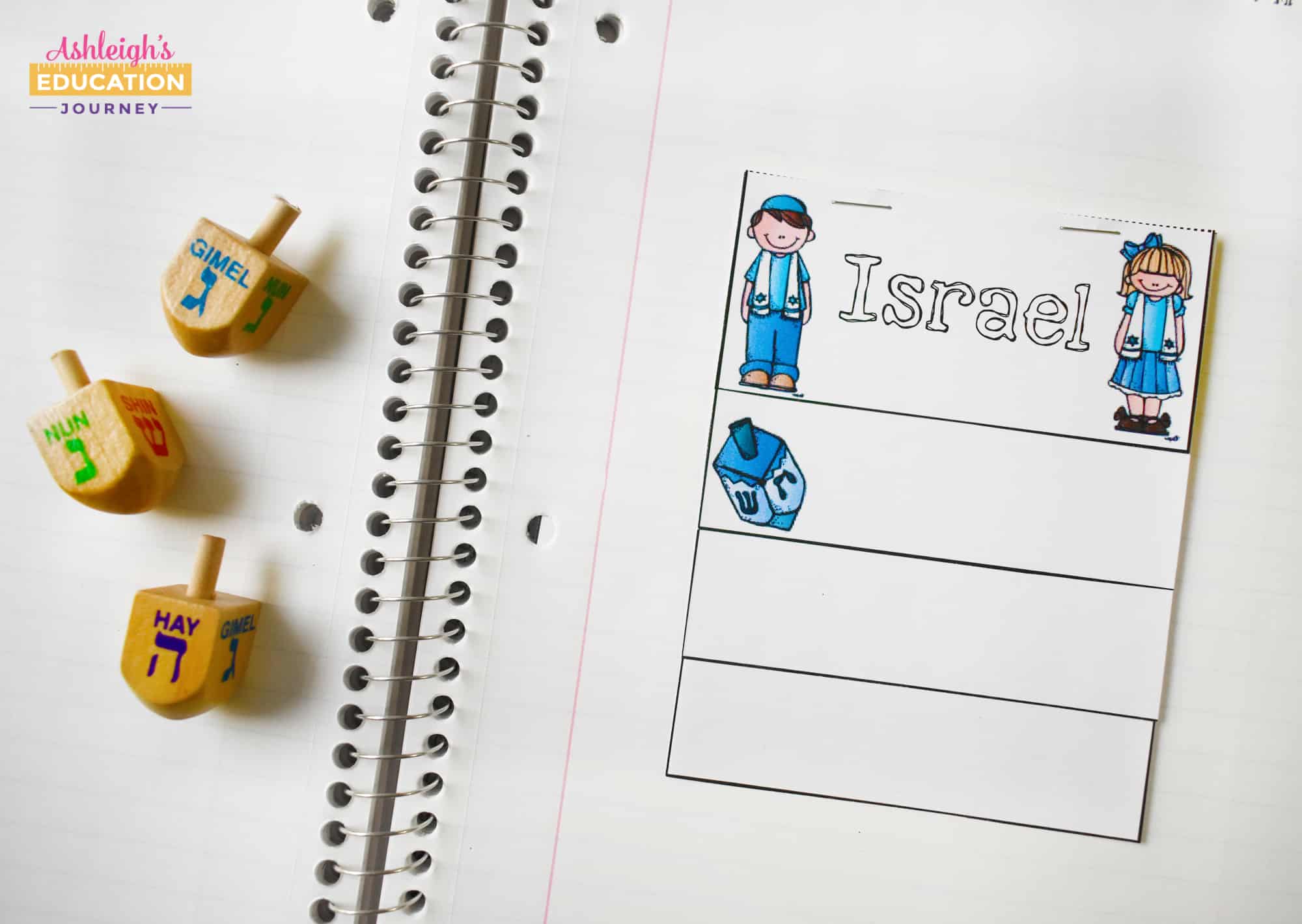
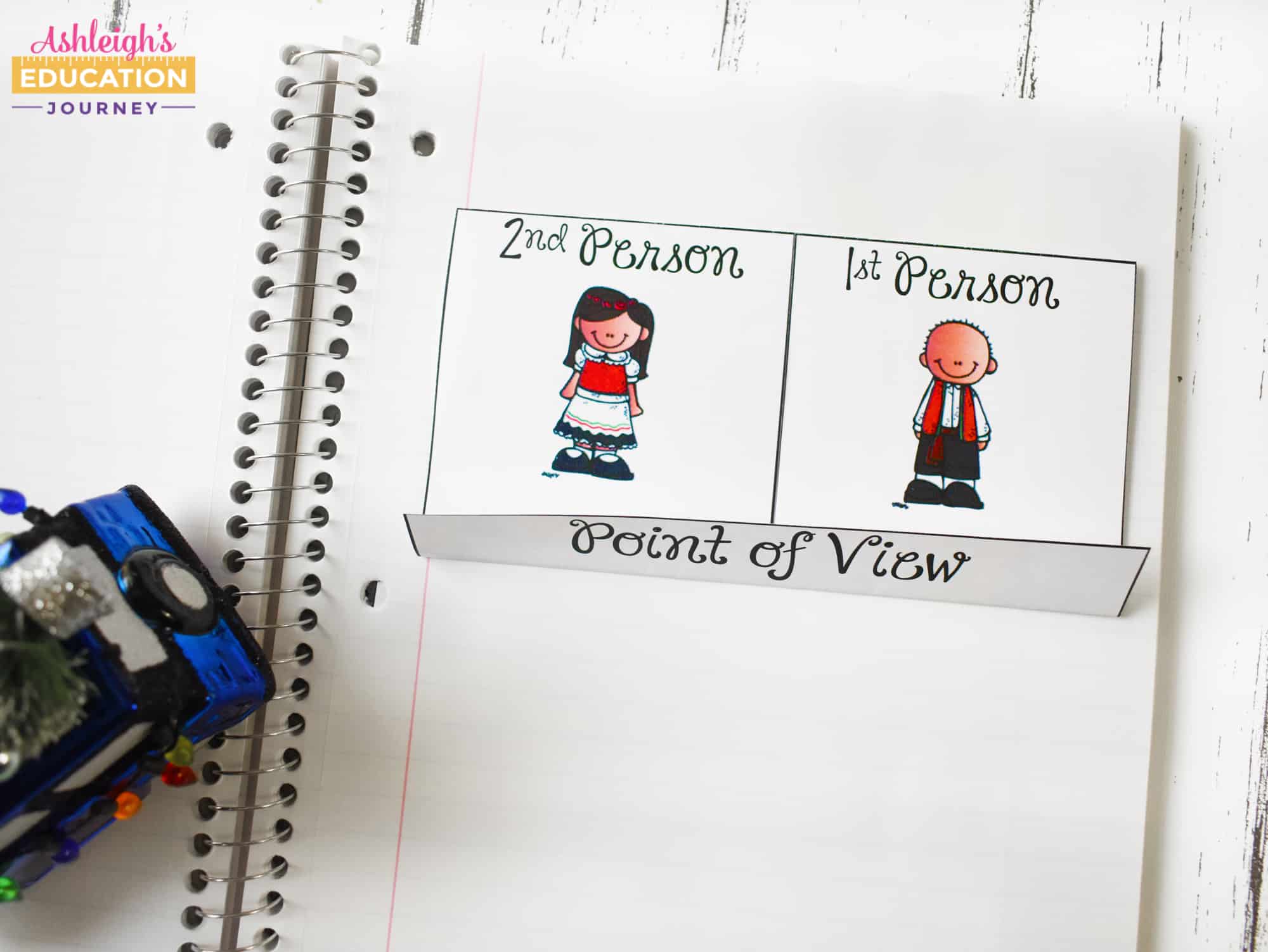
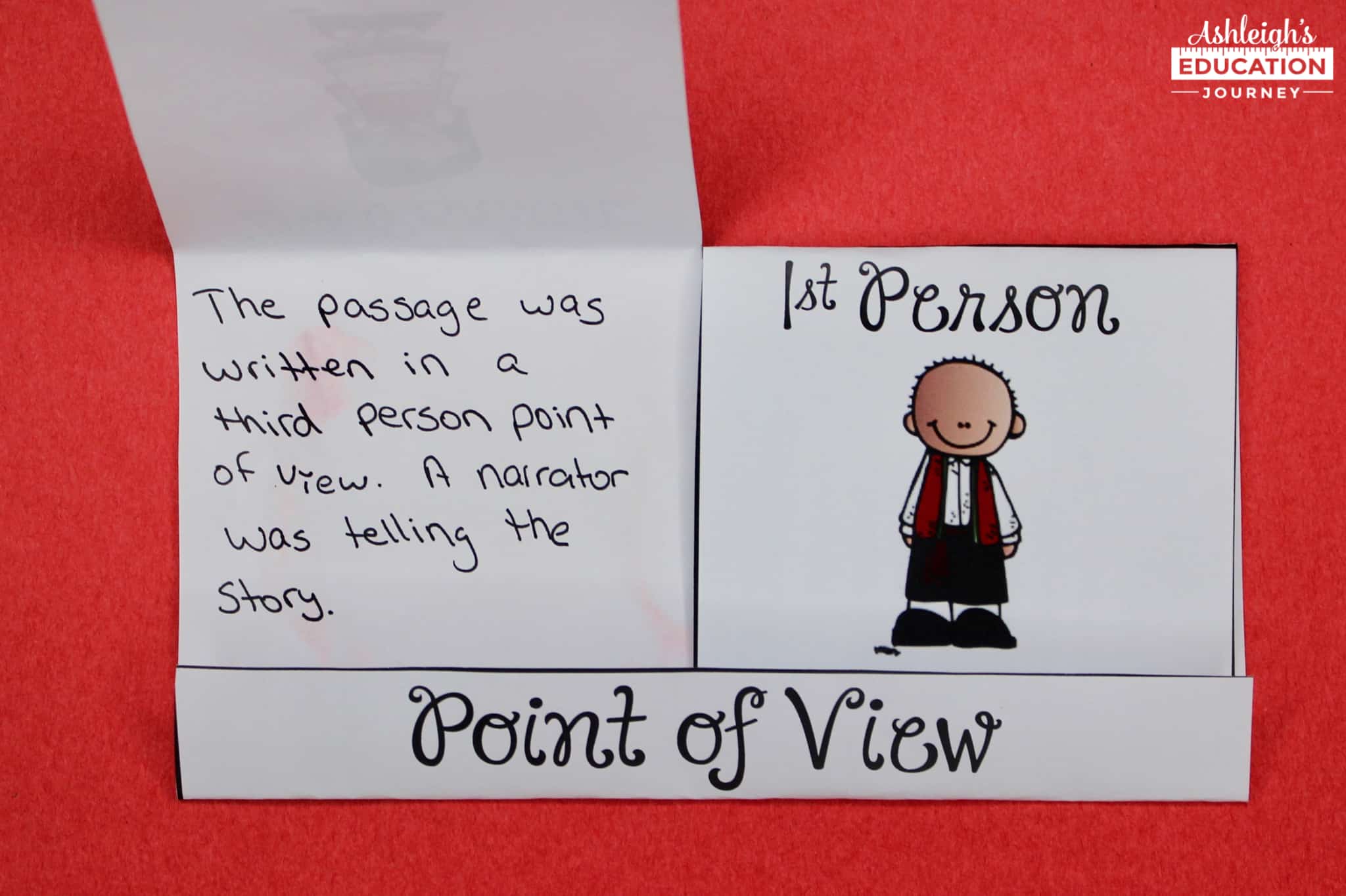
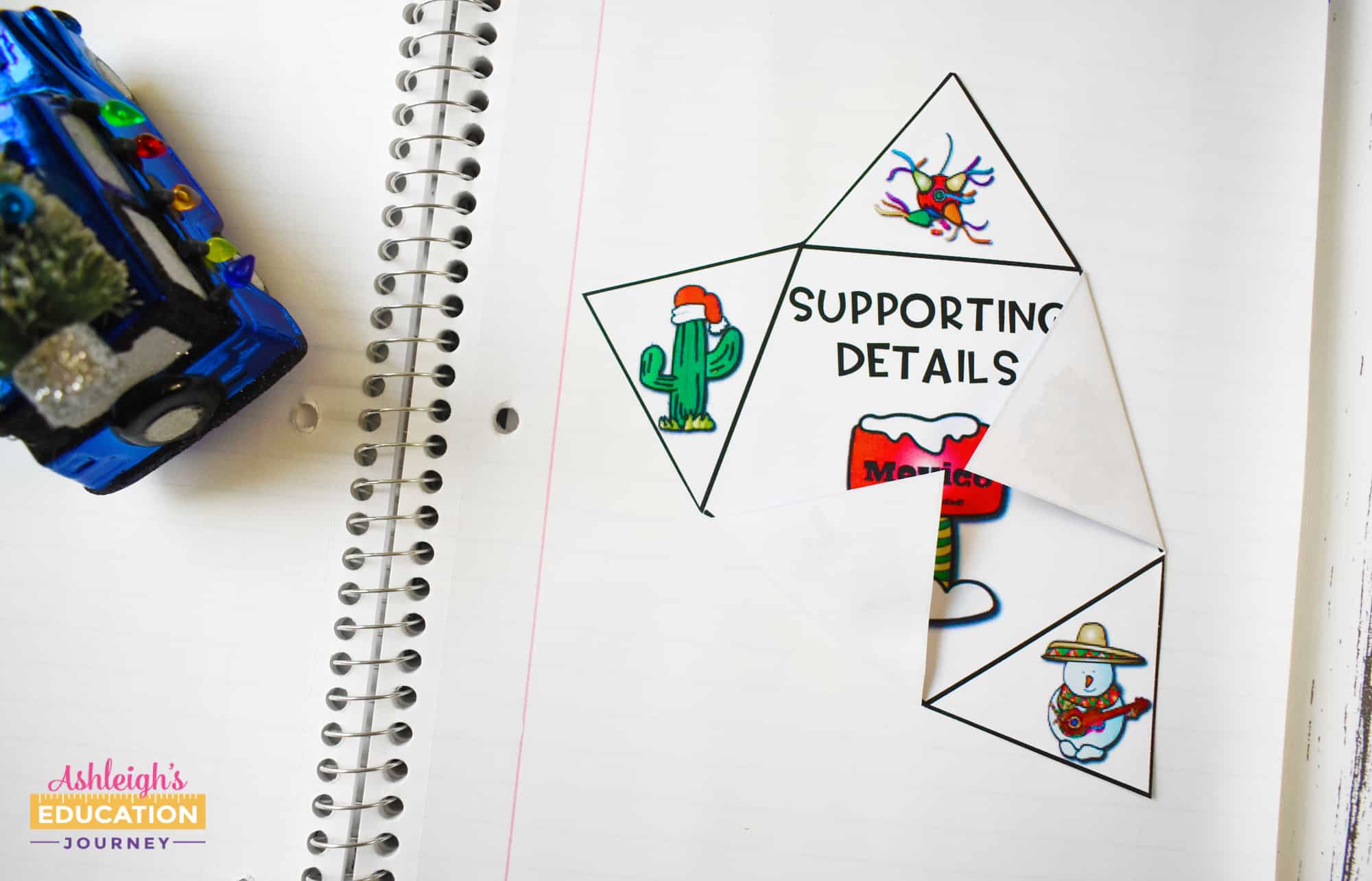
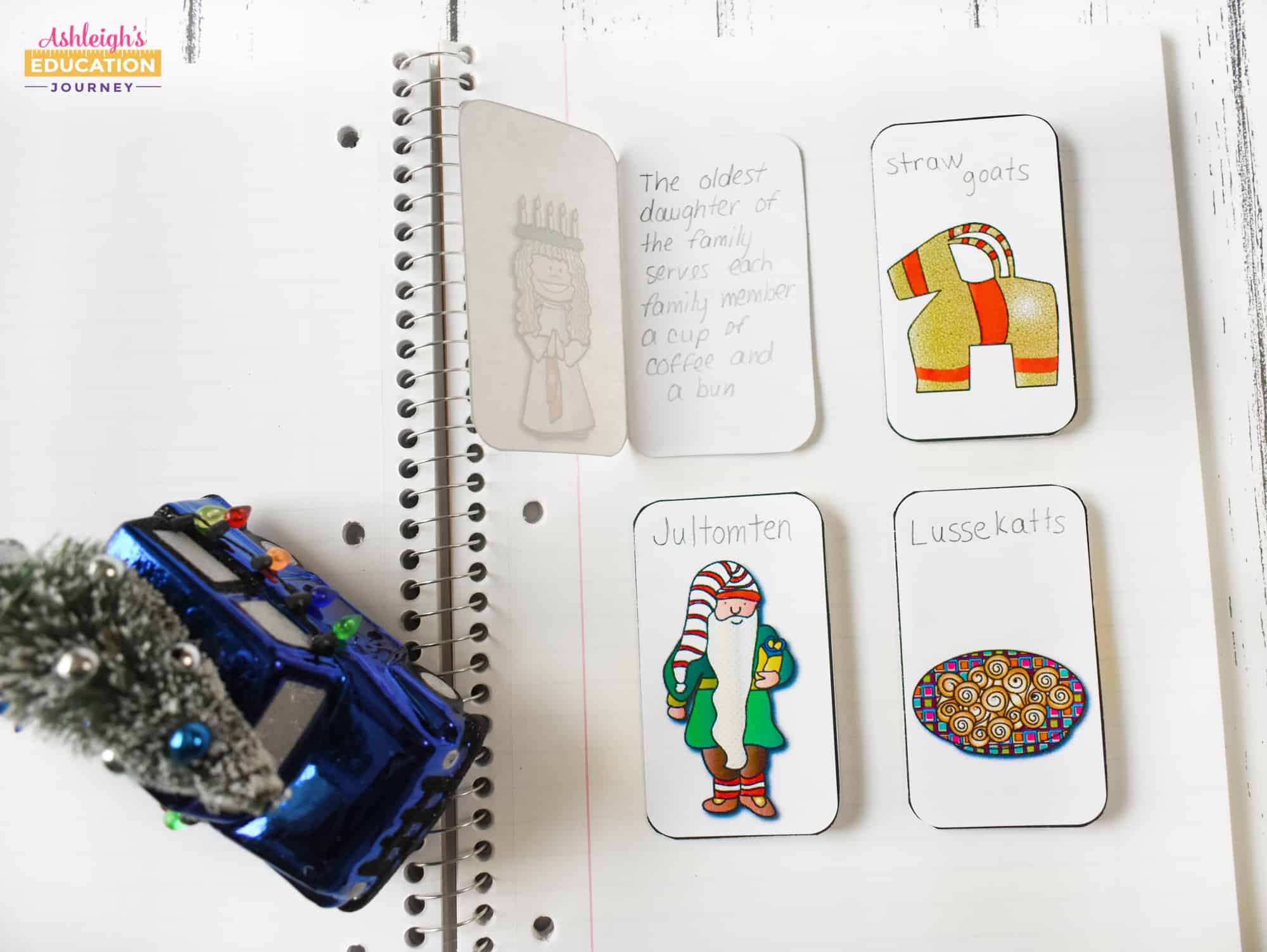
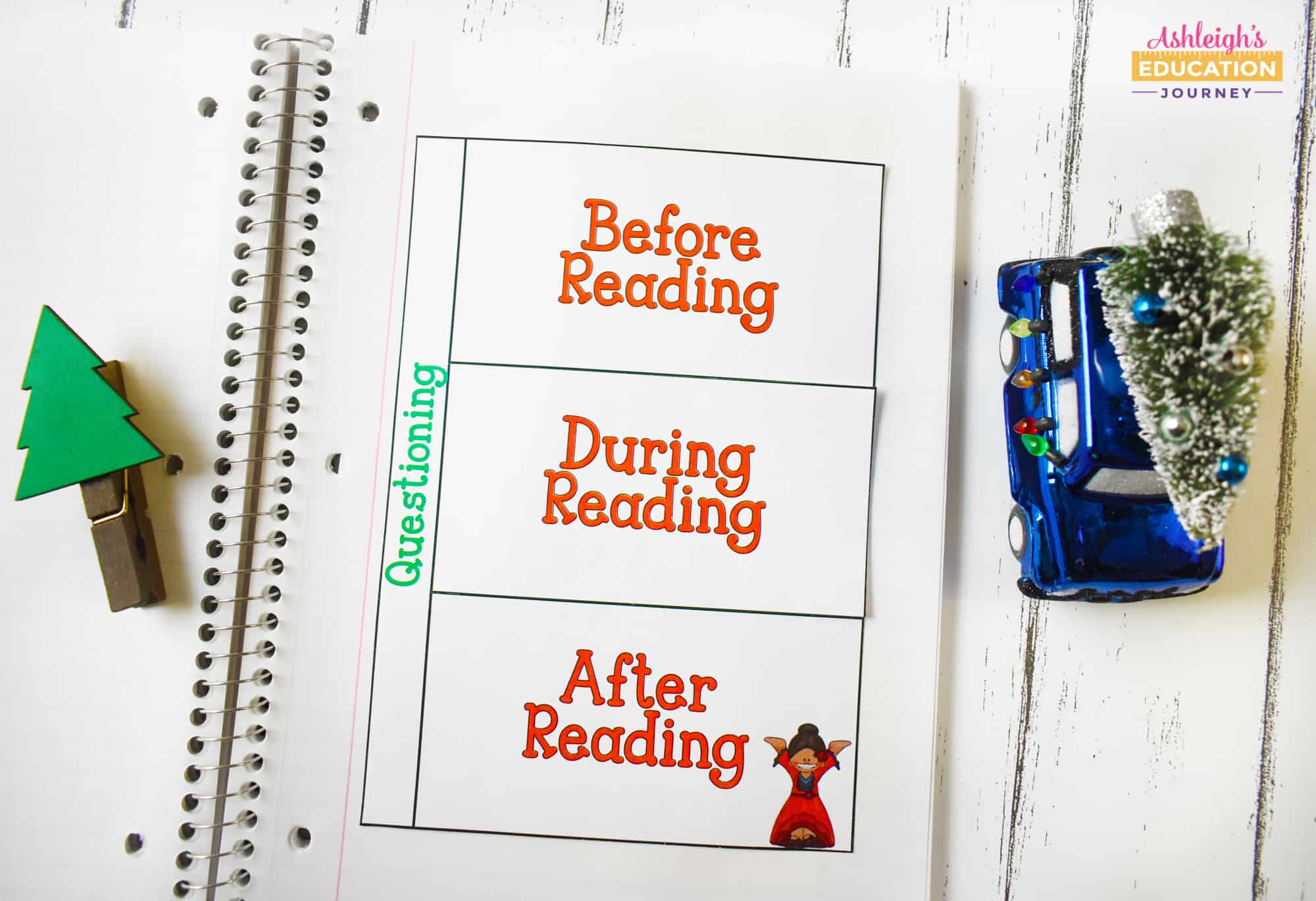
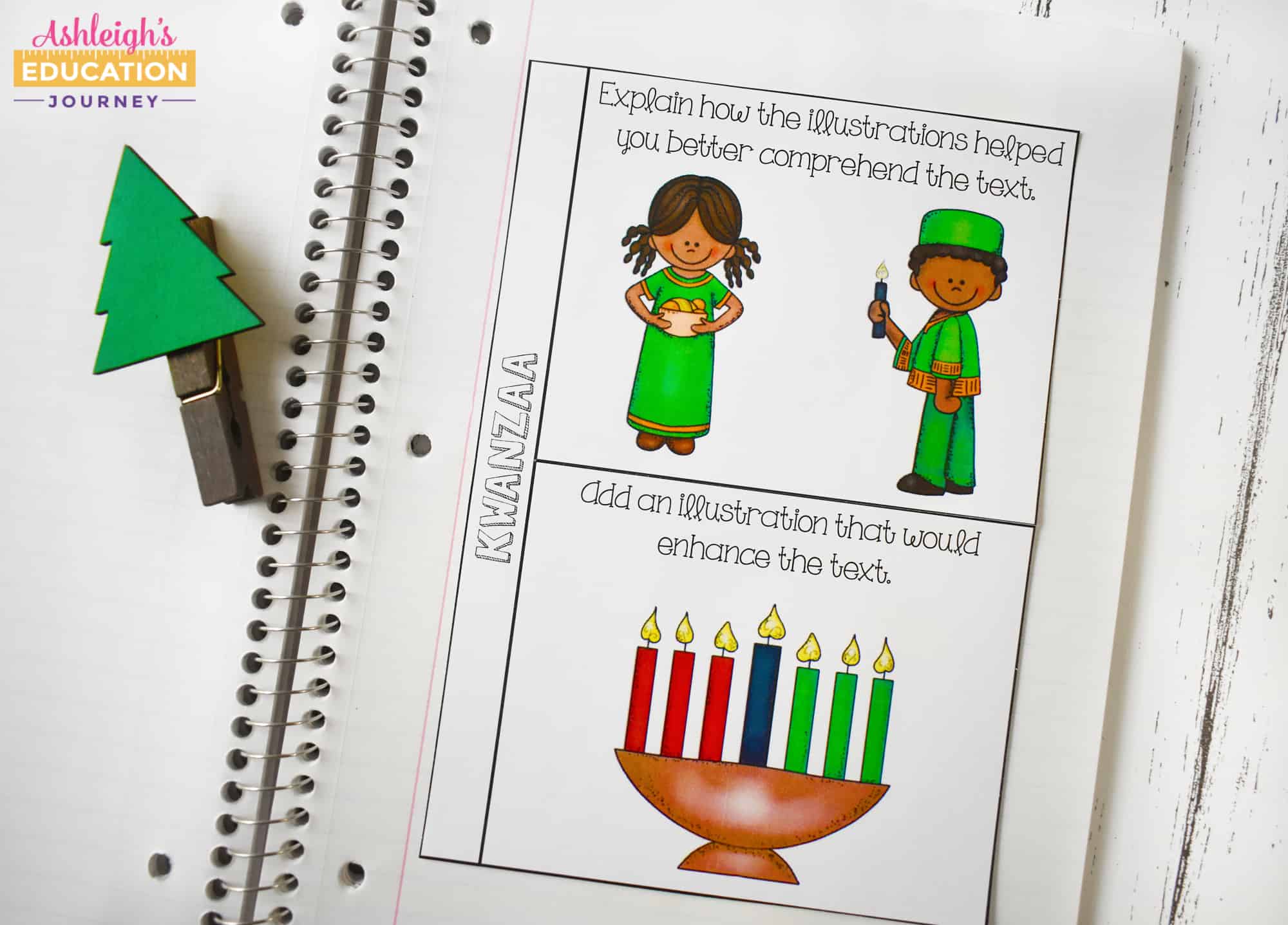


Pingback: Free Christmas Resources for Kids